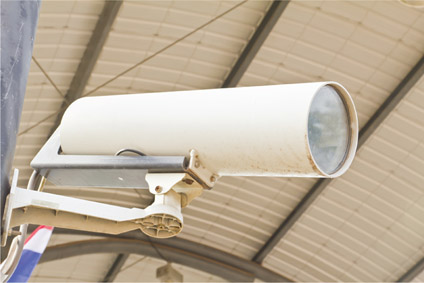5.3 Safety and inclusion
How we see and connect with places often depends on whether or not we feel safe and included there.
What makes a place safe or threatening, including or excluding, for you?
Being safe and included in the community and country they live in is a major day-to-day concern for millions of people around the world. When people cannot feel safe where their home is they often flee that place. Some flee to safer regions in their country and many flee to other countries. The people who flee from their country are asylum-seekers.
Article 1 of the 1951 United Nations Refugee Convention defines a ‘refugee’ as:
- a person who is outside their country of nationality or habitual residence, asylum-seekers who generally apply for refuge status,
- has a well-founded fear of persecution because of their race, religion, nationality, membership of a particular social group or political opinion, and
- is unable or unwilling to avail themselves of the protection of that country, or to return there, for fear of persecution.
There are more people who move within the borders of their own country than move out of their country as asylum-seekers. For example, in 2011, while there were more than 800 000 people who were newly displaced across international borders, there were 3.5 million people who were newly displaced within their own country.
Afghanistan is the leading ‘country of origin’ of displaced people. In 2011 there were close to 2.7 million displaced people who had left Afghanistan. They were spread across 79 countries, but 95% of them were in Pakistan and the Islamic Republic of Iran.
Making public spaces safer places
Safety in public spaces is an important concern in all communities.
Safety has been one of the main reasons for children carrying mobile phones. Now we are all being told to download personal safety apps on our smartphones so we can instantly get help when we are in trouble.
Closed-circuit television (CCTV) – a surveillance system that sends television signals from cameras to monitors and/or recorders – is another way electronics are being used for public safety.
Read the following opinion piece from the Newcastle Herald.
Are we ready for CCTV?
Damon Cronshaw, Newcastle Herald
25 October 2012
‘Every time we have a shoplifting incident, we catch it on camera. CCTV is a great tool for apprehending offenders.’ Frontline Hobbies owner Colin Scott.
Newcastle mayor Jeff McCloy has no doubt about the benefits of CCTV.
McCloy has used it successfully at his properties. Once, he caught a graffiti offender spraying a tag on a wall in Hunter Street. The image made the Newcastle Herald’s front page and police soon caught the offender.
‘It’s imperative that we have CCTV in Newcastle,’ McCloy said. ‘Every modern city in the world has it and it’s a tremendous deterrent for crime.
‘I can’t understand why there would be any resistance to it.’
A push for CCTV in Newcastle’s trouble spots is back on the city’s political agenda, amid plans to combat and reduce alcohol-related violence.
CCTV rose to national prominence last month when it was used to catch the alleged killer of Melbourne ABC radio employee Jill Meagher.
Newcastle City Council staff remain interested in CCTV, despite a decision this year from the previous elected council not to proceed with a trial.
For some, CCTV is a step on the slippery slope towards a surveillance society and a restriction of civil liberties.

It’s a concept that invokes Big Brother, the ever-present eye of a totalitarian dictator, made famous in George Orwell’s novel Nineteen Eighty-Four.
But many who want the CBD and other public areas to be safer welcome CCTV, considering it a practical aspect of crime fighting.
Newcastle MP Tim Owen said he would ‘like to see more CCTV in areas of high concern for street violence’.
‘I would be encouraging the council to look very closely at it,’ Owen said.
‘I think there is a general consensus in the council that they would like to introduce CCTV, but it depends on the new council.’ Bond University Adjunct Professor of Criminology Paul Wilson said he was concerned about the proliferation of CCTV as a crime prevention method.
‘Other methods, such as better street lighting, more police patrols and environmental changes, may be more cost effective and less likely to invade privacy,’ Professor Wilson said.
DEVELOPING YOUR UNDERSTANDING 5.7
- Identify three main arguments for using CCTV in public spaces and three main arguments against it.
- Explain and justify your opinion on the use of CCTV in public spaces.
- As a member of your local government’s (shire or council) advisory committee, you have been asked to identify five actions you would take to improve public safety. List and describe each of the five things.